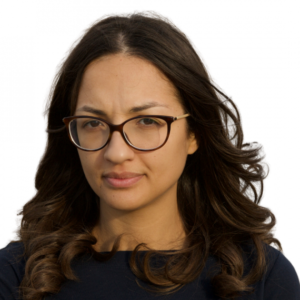When does a hosted project need to become its own NGO?
This was the challenge faced by ACAPS. Started as a consortium and then hosted within the Norwegian Refugee Council (NRC), ‘ACAPS’ (originally standing for Assessment Capacities Project) primarily focuses on informing crisis responders worldwide with independent data and analysis. However, as the team grew in proficiency and size, governance complexities were limiting growth, speed, and editorial independence.
Join us as we catch up with the Director of ACAPS, Lars Peter Nissen, to explore the organization’s journey and its business model transformation.
How a good idea can evolve into a different business model
ACAPS emerged as a way to provide an independent analytical voice in the humanitarian sector through insightful reports on global crises. Their premise is that humanitarian responses will be more effective if they’re based on timely analysis and clear data.
“It’s very easy to get caught up in the analysis bubble and write beautiful poetry that nobody ever uses for anything. So, we work with that tension of providing high quality evidence that is ‘good enough’ and timely so our work can inform decision makers and have impact. Some people think we are like a think tank, but we’re much more like a do tank. We do our quickest product in 24 hours. Our slogan is, ‘See the crisis, change the outcome’.” – Lars Peter Nissen
Initially structured as a consortium with three organizations managing implementation, Merlin handled training, HelpAge International led the overall management and strategic positioning, and NORCAP (NRC’s standby unit) took charge of deploying staff globally. Nissen was responsible for leading a project support unit.
Within two years, realizing the model was too complicated, ACAPS shifted to a hosted project within NRC. Despite the change, the term “consortium” and the governance model remained, leading to ongoing challenges in mobilizing and executing decisions.



